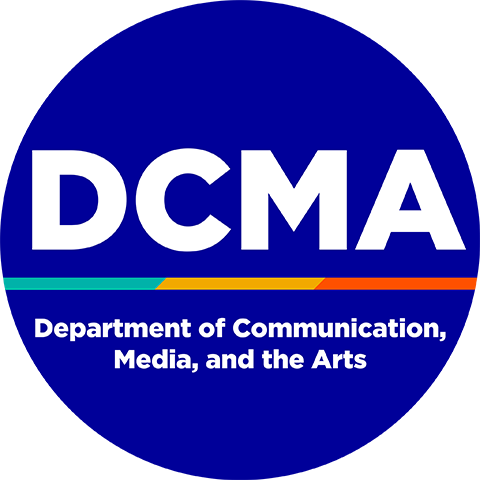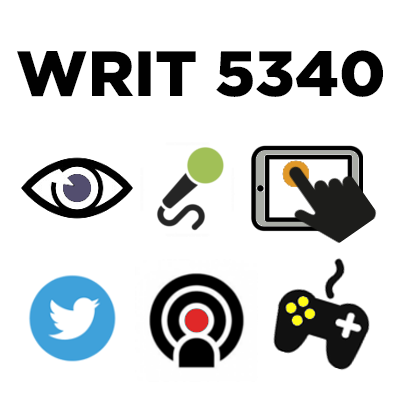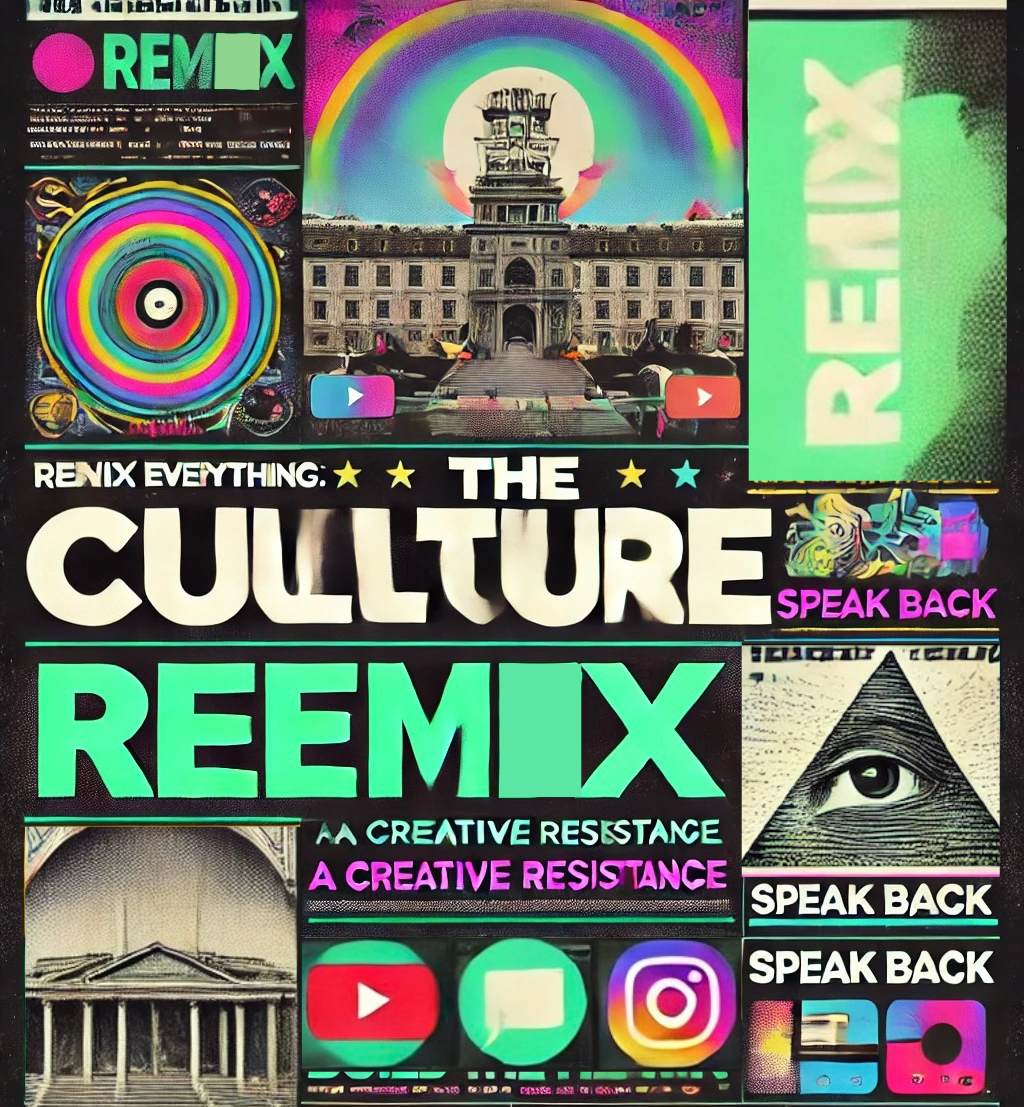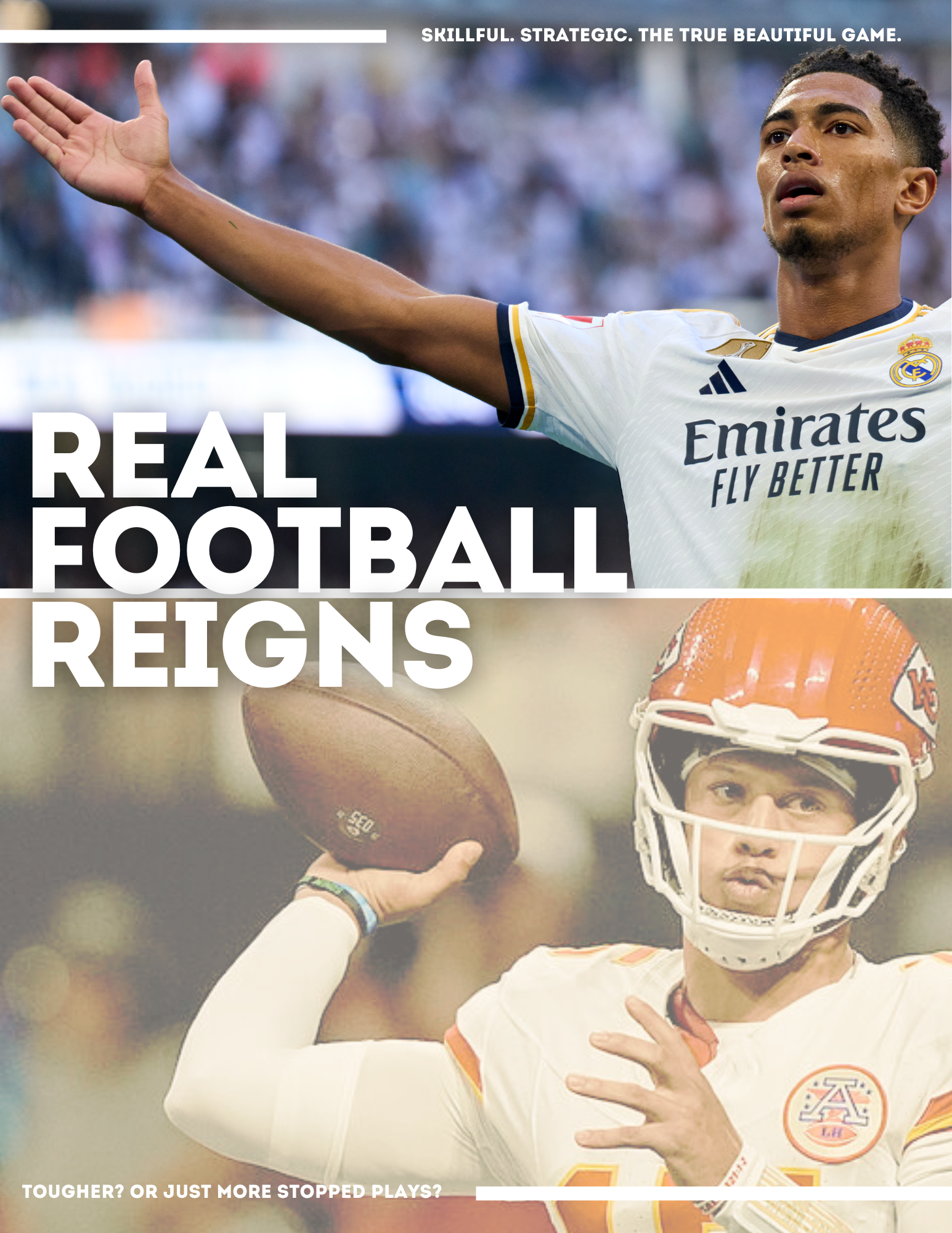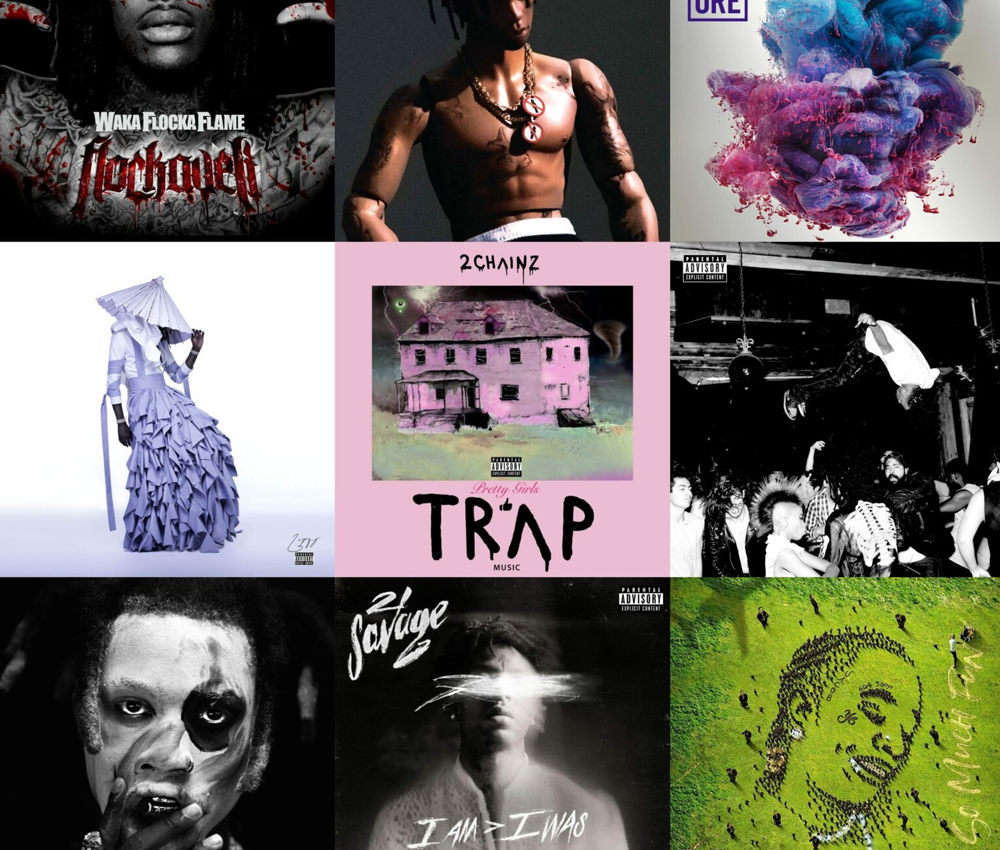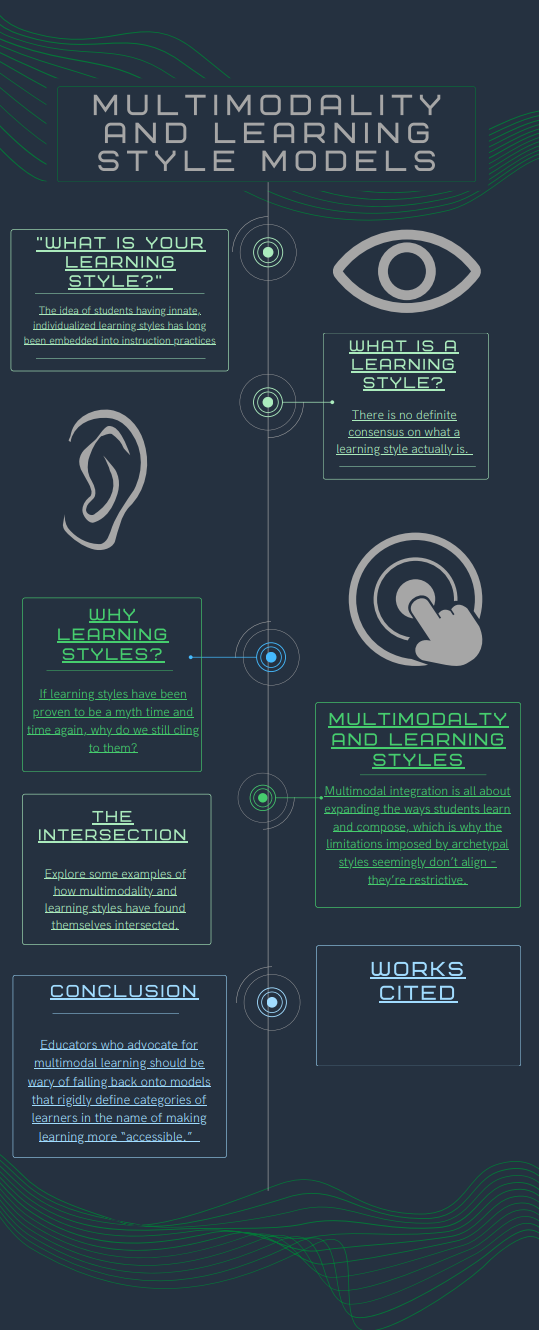
See the PDF at the end for more!
- Maker: Courtney Rosenthal
- Genre: Going Pro
- Level: Graduate
- Program: Composition, Rhetoric, and Digital Media
- Course: WRIT 5340: Studies in Multimodality and Digital Media
- Instructor: Dr. Eric Mason
- Semester Created: Winter 2023
For the final project, I wanted to make something that functions like a webtext. I was greatly inspired by the webtexts we read for class, such as Stolley’s “A Lo-Fi Manifesto” and Sorapure’s “Between Modes.” What I found was the common denominator in my enchantment with them was their “navigability” in which you could click on a tab and it would direct you to the section and it’s contents. It simply made reading them an experience – it almost felt more than two-dimensional. Since coding a webtext wouldn’t exactly be an easy task to undertake, and using a pre-programmed formatting wasn’t desirable, I searched for other methods that would offer the same functions as a webtext. Lo and behold the classic PDF! There are ways you can make a PDF more enhanced in making the text “linked” to another page within the PDF, which filled my need for “navigability.” Thus, I used this when creating my faux-webtext. The first page acts like a directory of sorts, covering all of the content within my 10 pages, you can click on the section itself and it will directly jump to the pages within that section. Additionally, clicking on the pictures will direct you to their source. I especially enjoyed making the design choices. I played around with the overall design of it: using non-traditional colors, fonts, and page alignments as to give it a more webtext feel. Further, I carried a more conversational tone throughout the length of my text, not wanting to use the sometime inaccessible language found in traditional academic journals.
Coming from a background in studying education and learning pedagogy, I’ve always been aware of the pervasive “learning style” myth. Many of the textbooks I read would put forth the idea that there were students with learning styles that instruction design should cater to. These learning styles often revolved around differing modalities, which I saw overlap with multimodality in some manner. The VARK model emphasizes the importance of these sensory modes, classifying learners as: Visual, Aural, Read/write or Kinesthetic. I wanted to point out the intersection of these two theories, proposing that multimodal scholarship should be wary when using language that further classifies learners, reducing them to archetypes. My faux-webtext covers: the myth itself, it’s lack of scholarship and cognitive study to back it, our reason for clinging to learning styles, it’s reductive capabilities, and how learning-style advocates misuse the term “multimodality.” I additionally cite some examples of their intersection to point out that they are indeed conflated at times. Coming in at about 1800 words, my webtext is merely an overview of this intersection – a short guidebook that serves more as a cautionary tale for leaning into learning styles, and looks at the scholarship in both of these realms.
Works Cited
Sorapure, Madeline. “Between Modes: Assessing Student New Media Compositions.” Kairos, 2013, https://kairos.technorhetoric.net/10.2/coverweb/sorapure/index.html.
Stolley, Karl. The Lo-Fi Manifesto, Kairos: A Journal of Rhetoric, Technology, and Pedagogy, 15 May 2008, https://kairos.technorhetoric.net/12.3/topoi/stolley/.
VARK Learning. “Vark Learning Style Questionnaire.” VARK, 28 Sept. 2022, https://vark-learn.com/the-vark-questionnaire/.
